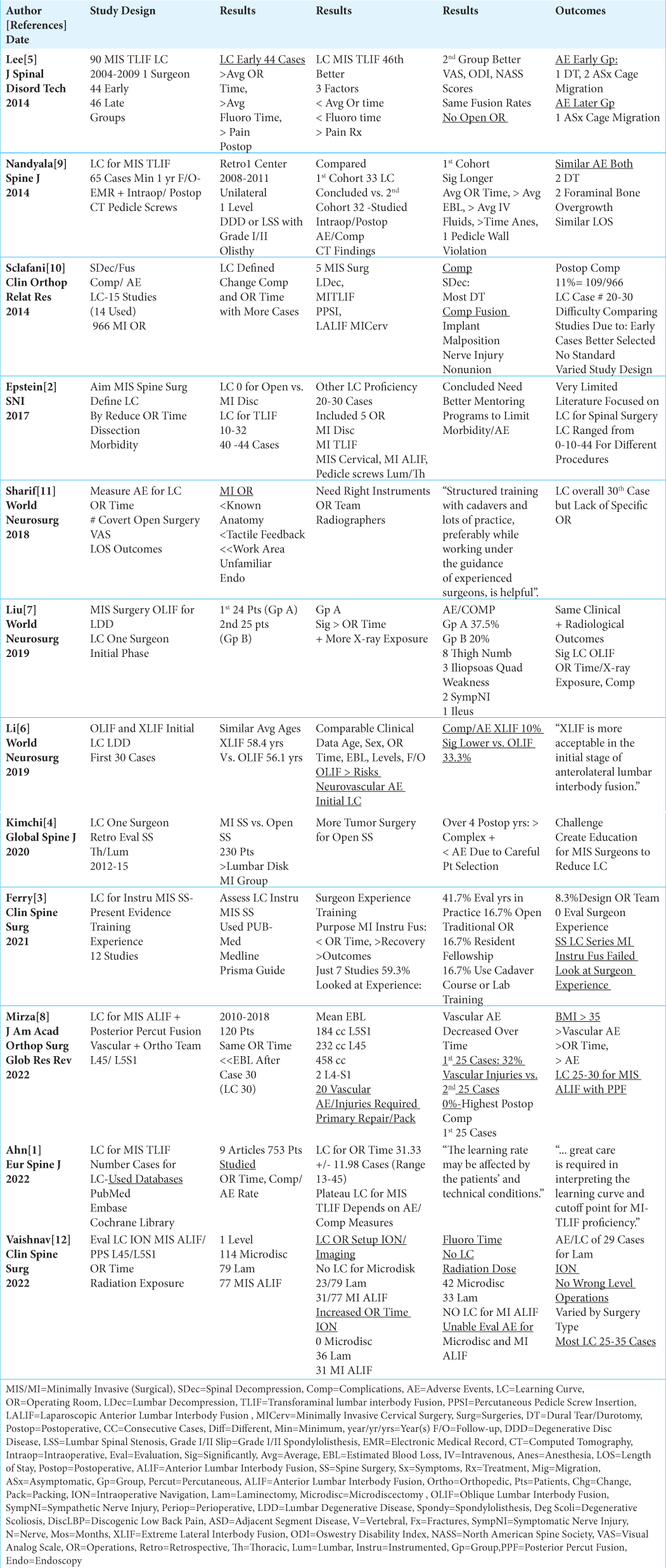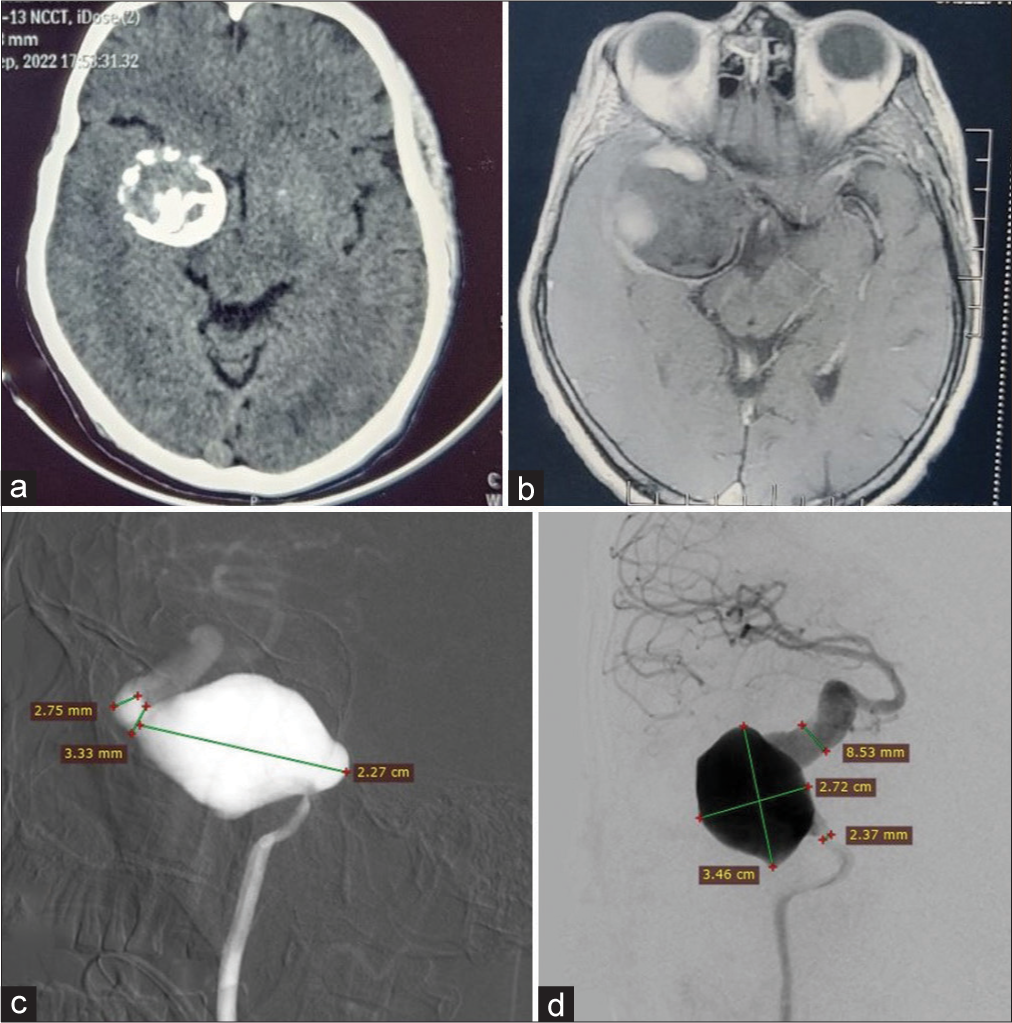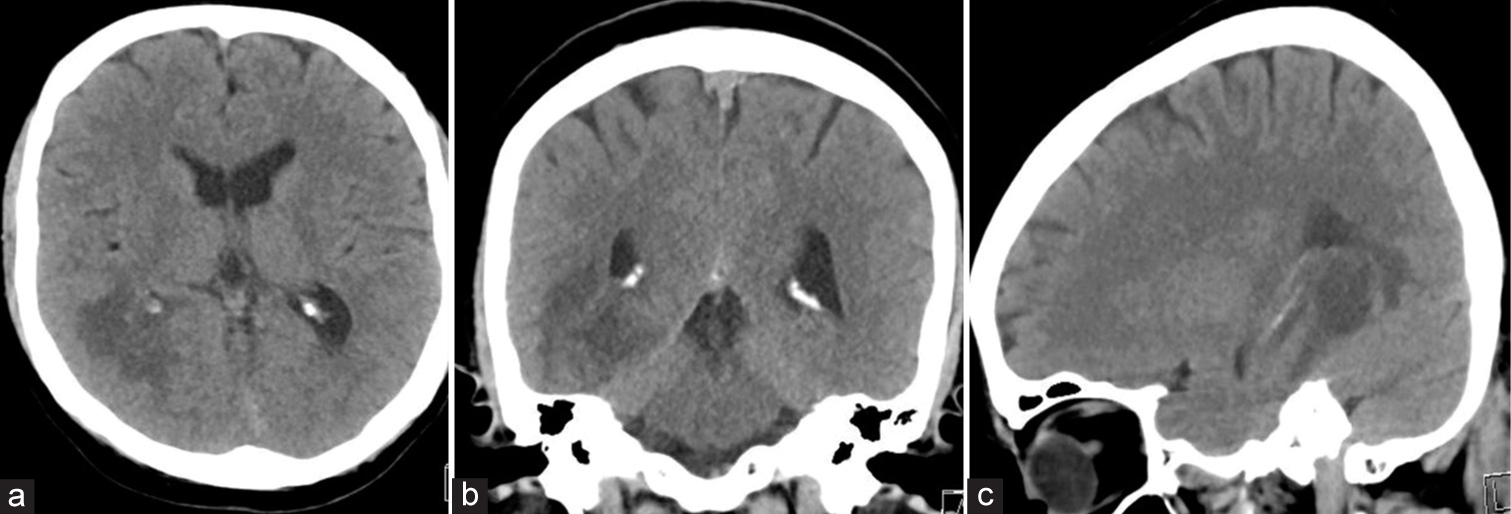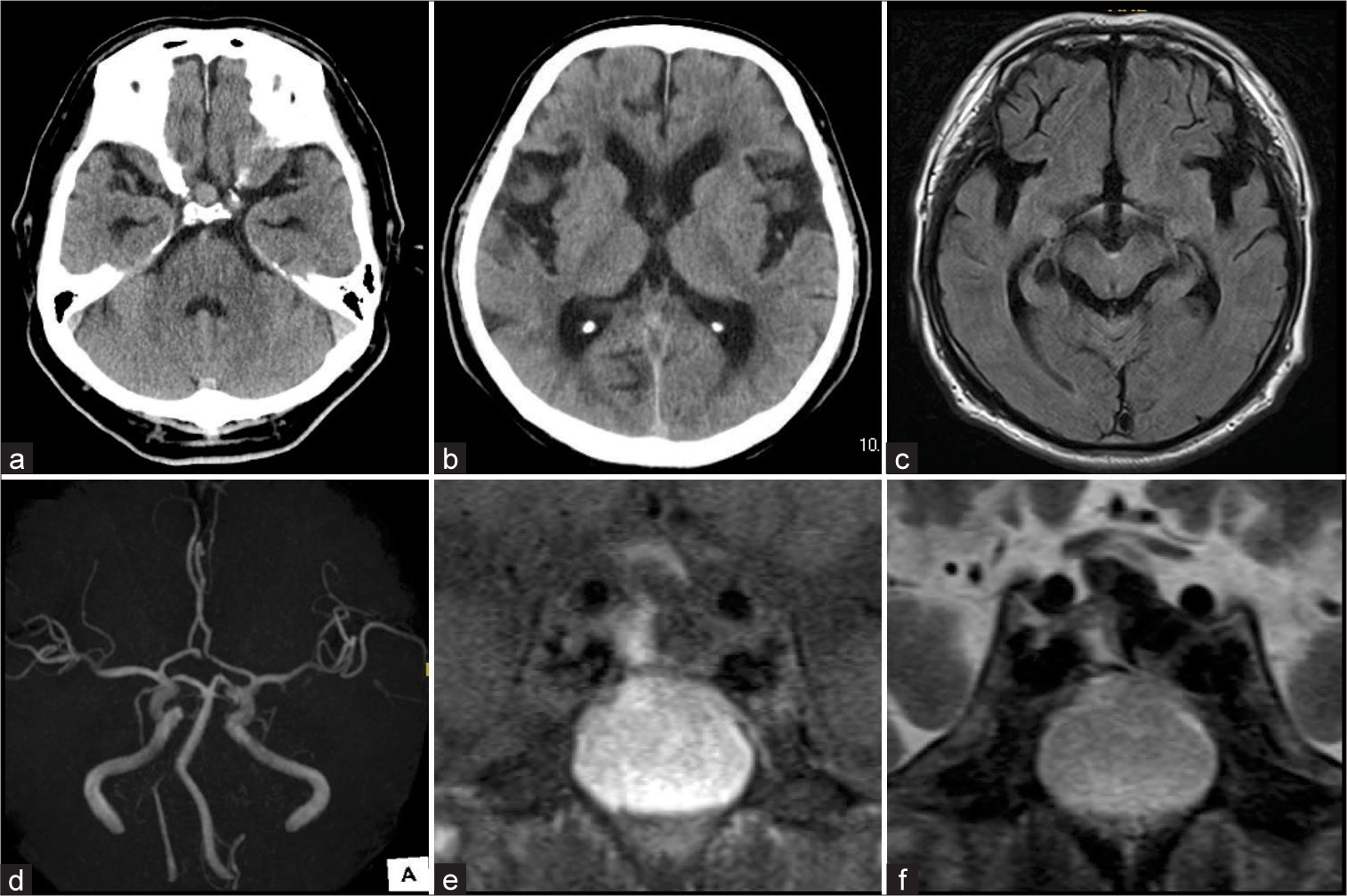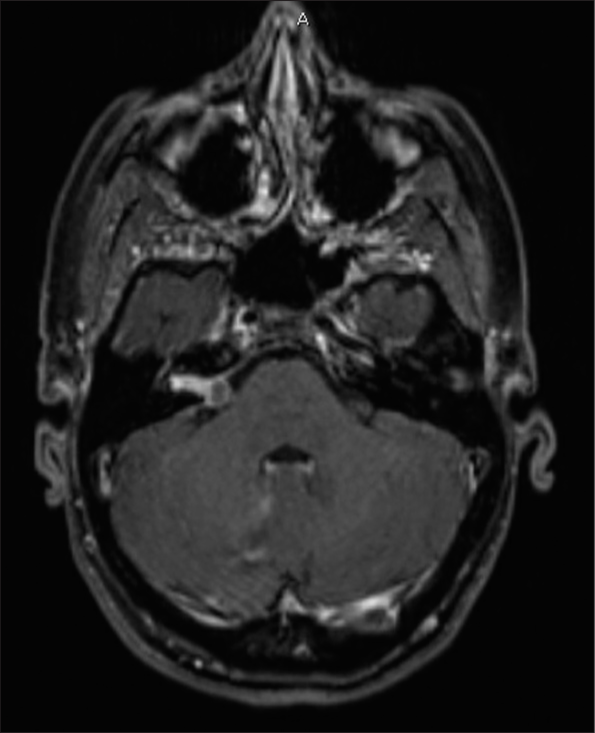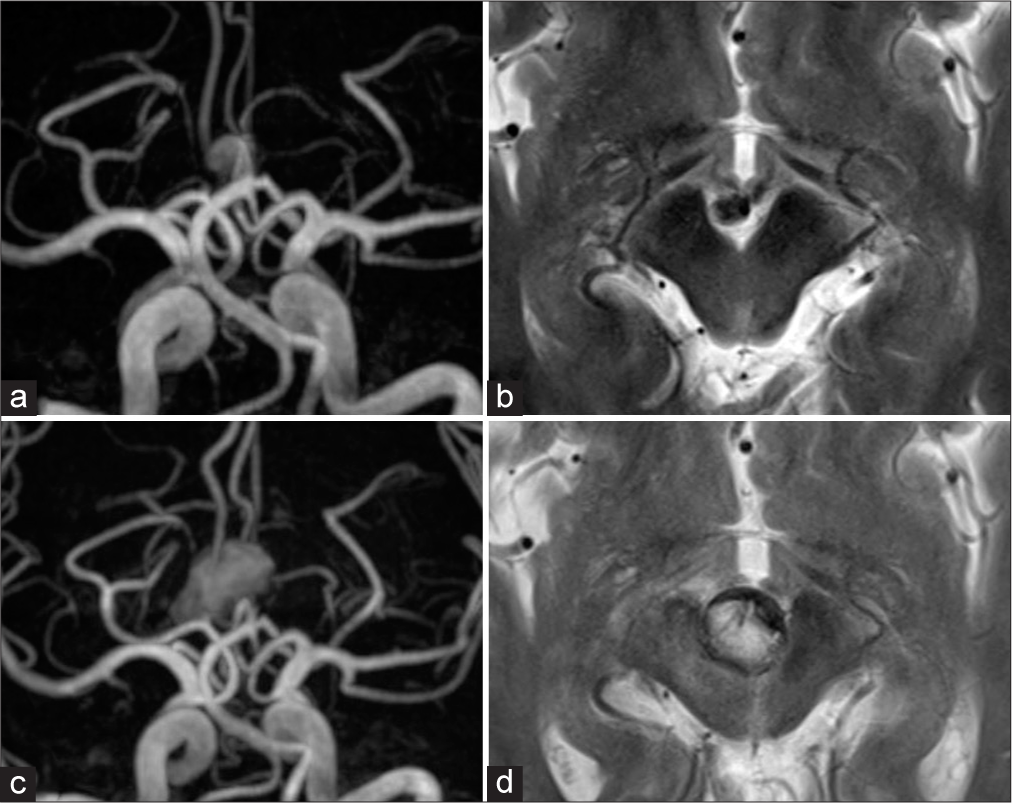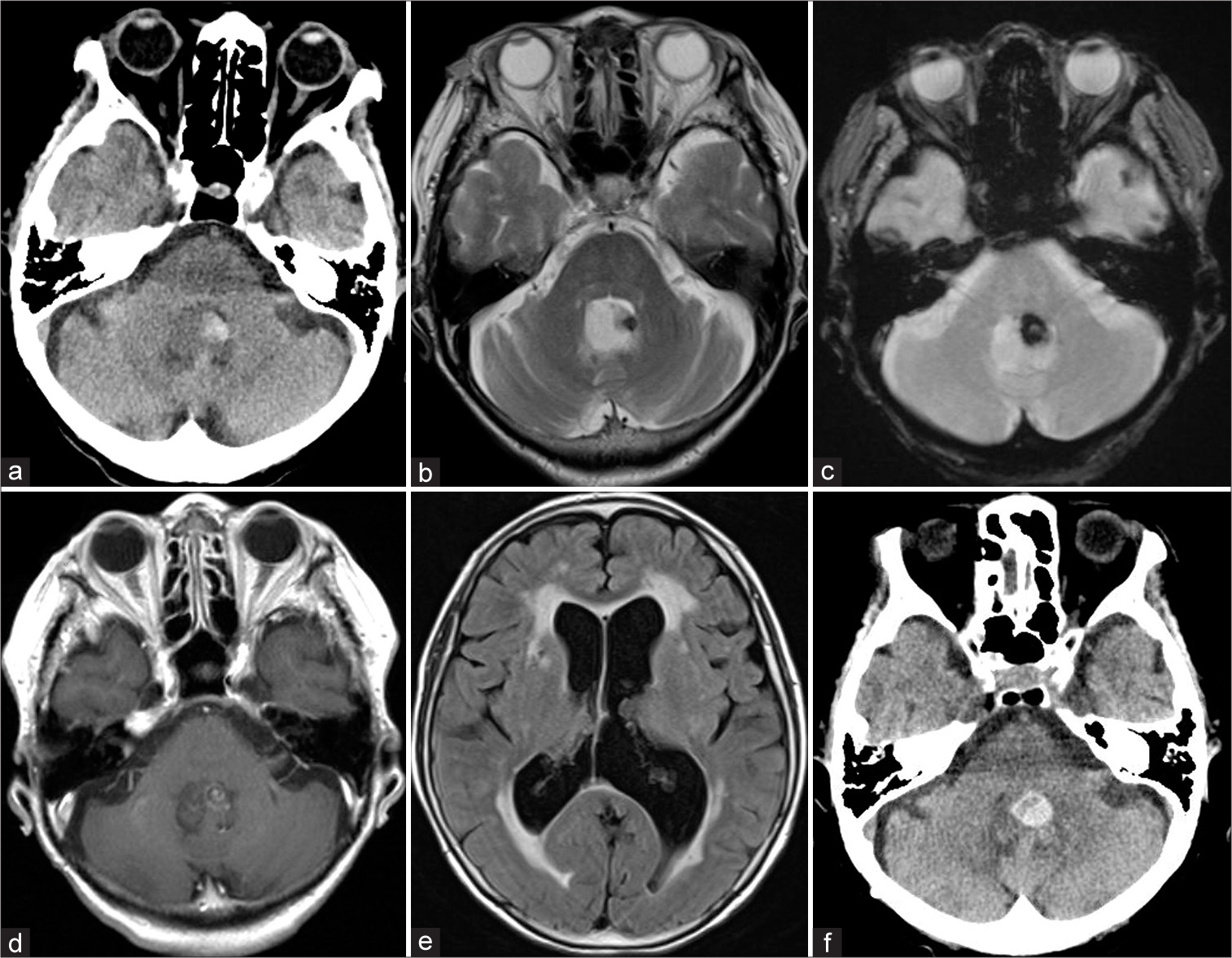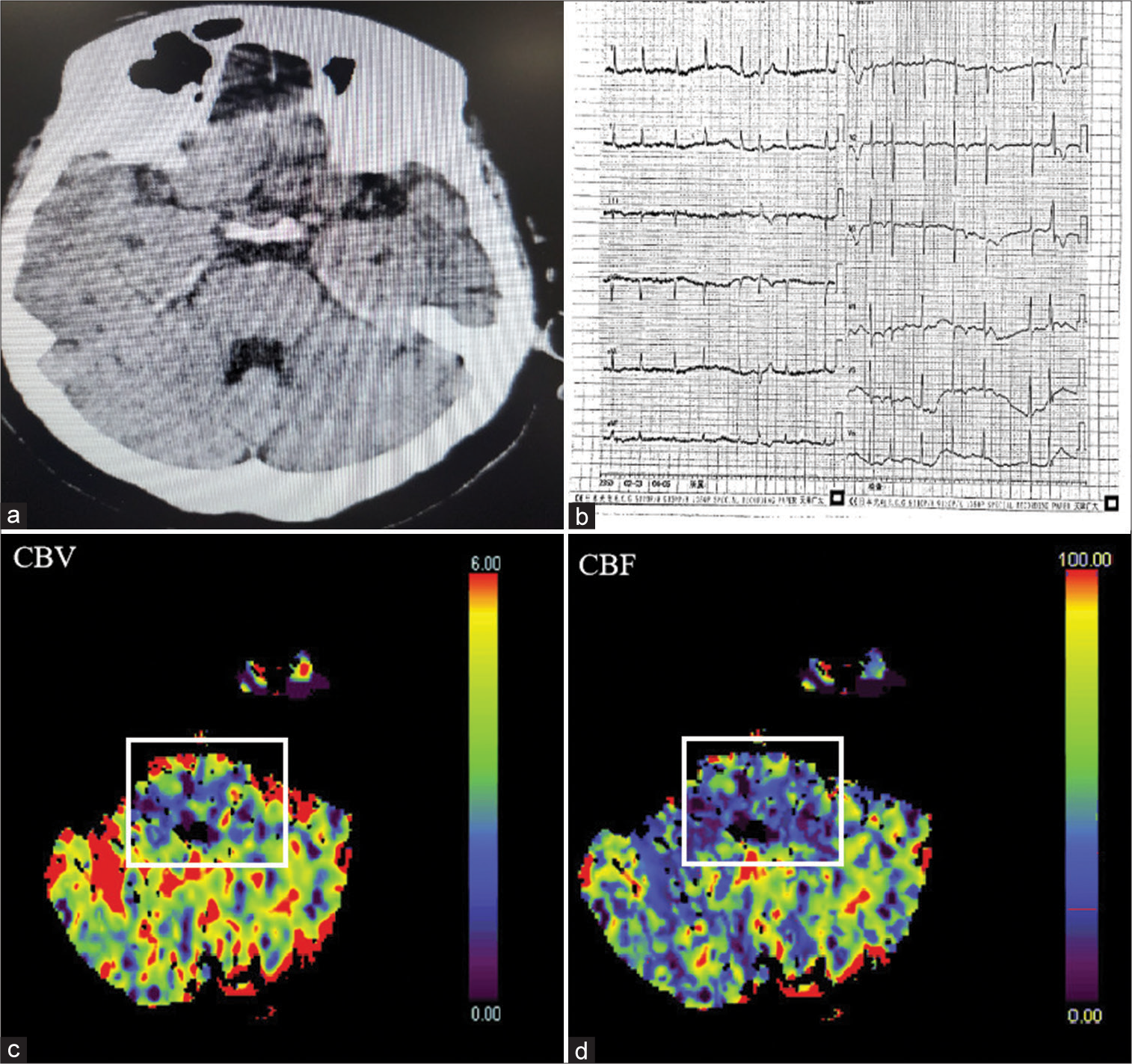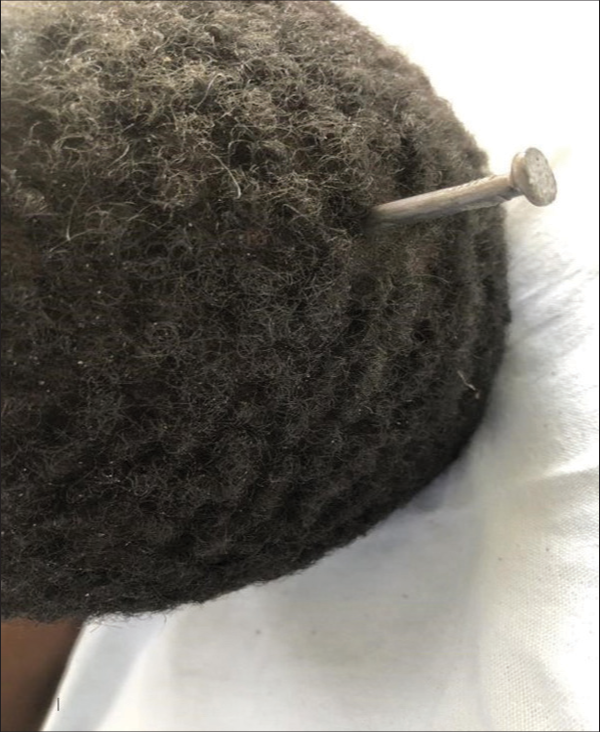Perspective: How can risks to patients be limited during spine surgeons’ learning curves?
Date of publication: 22-Mar-2024
Background: Learning curves (LC) are typically defined by the number of different spinal procedures surgeons must perform before becoming “proficient,” as demonstrated by reductions in operative times, estimated blood loss (EBL), length of hospital stay (LOS), adverse events (AE), fewer conversions to open procedures, along with improved outcomes. Reviewing 12 studies revealed LC varied widely from 10-44 cases for open vs. minimally invasive (MI) lumbar diskectomy, laminectomy, transforaminal lumbar interbody fusion (TLIF), anterior lumbar interbody fusion (ALIF), and oblique/extreme lateral interbody fusions (OLIF/XLIF). We asked whether the risks of harm occurring during these LC could be limited if surgeons routinely utilized in-person/intraoperative mentoring (i.e., via industry, academia, or well-trained colleagues).
Spontaneous thrombosis and calcification of giant cavernous carotid artery aneurysm: A rare case and management insights
Date of publication: 22-Mar-2024
Background: Giant cavernous carotid artery aneurysms (>25 mm) are rare (3–5%), with some prone to spontaneous thrombosis (10–20% complete). We present a unique case of one of the largest aneurysms spontaneously thrombosing and calcifying.
A case report of an unusual cerebral hydatid cyst
Date of publication: 22-Mar-2024
Background: Intracranial hydatid cyst is an exceedingly uncommon condition. Typically, it manifests as hydatid cysts in the liver, lungs, kidney, and spleen. In this report, we present a rare case of a hydatid cyst located in the brain, exhibiting atypical radiological characteristics, and successfully treated with complete microsurgical excision.
Secondary normal pressure hydrocephalus following pituitary apoplexy: A case report
Date of publication: 22-Mar-2024
Background: Although secondary normal pressure hydrocephalus (sNPH) can occur in various central nervous system diseases, there are no reports of sNPH caused by pituitary lesions. Herein, we present a unique case of sNPH caused by pituitary apoplexy.
Intracranial malignant peripheral nerve sheath tumor: A case report and comprehensive literature review
Date of publication: 22-Mar-2024
Background: Malignant peripheral nerve sheath tumors (MPNSTs) are rare malignant soft-tissue sarcomas arising from peripheral nerves. Little data exist regarding MPNST originating intracranially. Here, we present a 7th/8th nerve complex MPNST, discuss the treatment strategy and patient outcome, and provide a comprehensive review of existing literature.
On the balance beam: facing the challenges of neurosurgical education in the third millennium
Date of publication: 22-Mar-2024
Background: Neurosurgery is one of the most complex and challenging areas of medicine, and it requires an ongoing commitment to education and expertise. Preparing young neurosurgeons with comprehensive education that can allow them to achieve high professional standards is a pivotal aspect of our profession.
Successful shrinkage of a recurrent partially thrombosed symptomatic large basilar tip aneurysm using a Target 3D Coil
Date of publication: 22-Mar-2024
Background: Standalone coil embolization is often less effective for partially thrombosed intracerebral aneurysms (PTIA) because of the risk of frequent recurrence if the coil migrates into the thrombus. This report describes a case of PTIA at the basilar tip in which simple coil embolization using a Target 3D Coil resulted in sustained remission without recurrence during long-term follow-up.
Rare vermian pilocytic astrocytoma with recurrent spontaneous hemorrhage in the elderly: A case report and review of literature
Date of publication: 15-Mar-2024
Background: Pilocytic astrocytoma (PA) is a benign glial tumor predominately seen in pediatrics and early adolescence with associated overall good outcomes. Very few cases of elderly PA have been reported in the literature, and they are known to display unique anatomic, histologic, and genetic peculiarities distinct from pediatric disease. We report a rare case of vermian PA in an octogenarian with recurrent spontaneous intratumoral hemorrhage as a presenting symptom. Furthermore, a review of the literature on the peculiarities of PA in the elderly will be discussed.
Successful endovascular thrombectomy using solitaire FR stent with intermediate catheter assisting technique for acute persistent primitive trigeminal artery and basilar artery occlusion: A case report and literature review
Date of publication: 15-Mar-2024
Background: The persistent primitive trigeminal artery (PPTA) is a persistent embryological carotid-basilar connection. Endovascular thrombectomy (EVT) for hypoplastic PPTA occlusion is a challenge. This case report aims to describe the successful recanalization of simultaneous occlusions in both the PPTA and basilar artery (BA) using the Solitaire FR (RECO SR)/Stent and Intermediate Catheter Assisting (SWIM) technique in a patient with acute cardiogenic cerebral embolism. To the best of our knowledge, this is the first report of such a case.
Penetrating head trauma resulting from vigilante street justice
Date of publication: 15-Mar-2024
Background: Penetrating brain injury (PBI) can be caused by a variety of objects ranging from simple to complicated items. Nonetheless, it is strange and unusual to attack someone in the head with a long nail. Due to its rarity, care for them is still being developed and may include many steps.


